
The Kilted Soldier
By Storybird

05 Sep, 2023
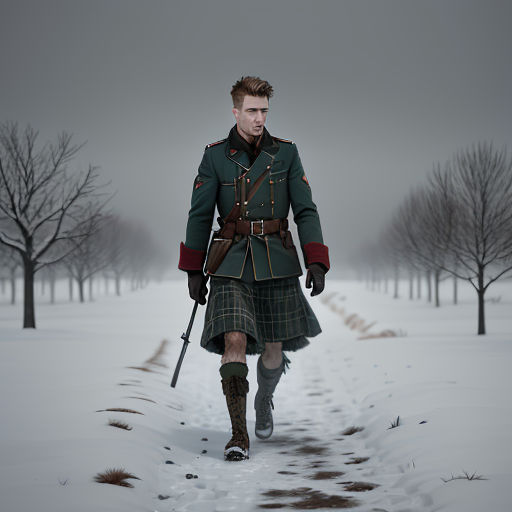
In the bitter cold of the Western Front, a lone soldier stood out among his drab-clad comrades. His kilt, a patchwork of green and blue tartan, contrasted against the monotonous gray of the trenches.
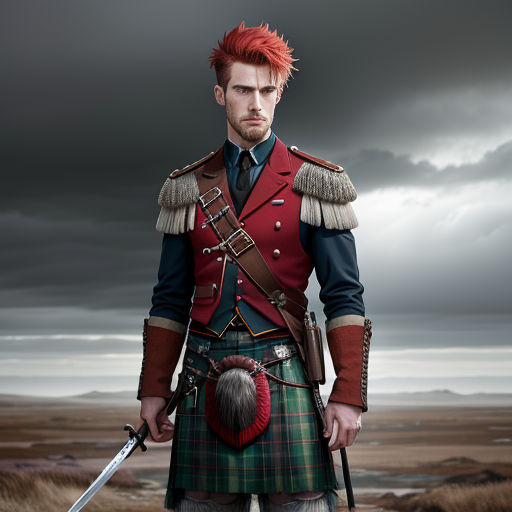
James MacTavish was an oddity, a tribute to a homeland that seemed oceans away. His kilt was a vibrant reminder of Scottish moors, and his spirited tales brought a touch of warmth to the otherwise dreary front.
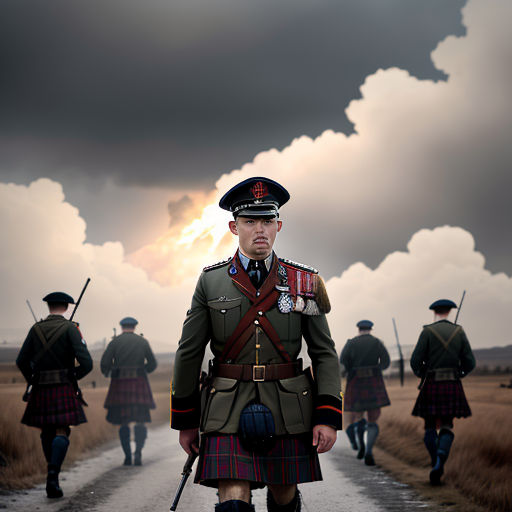
One day, a new face arrived at the front, a young English lad. He was both terrified and fascinated by the kilted soldier.
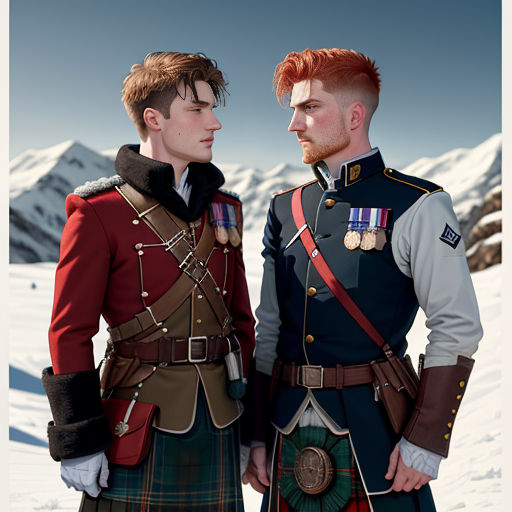
Robert Lockwood couldn’t help but stare at James, his kilt fluttering bravely in the bone-chilling winds. He wondered how a man could ever choose to wear a kilt in such a freezing environment.
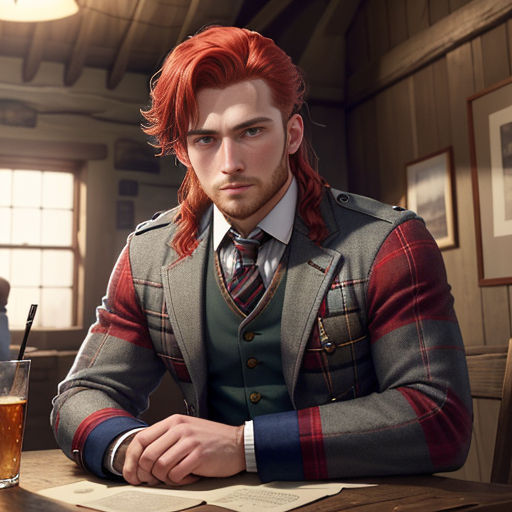
“Why do you still wear that kilt, MacTavish?” Robert finally asked, curiosity getting the better of him. James simply smirked, patting the folds of his tartan.

“The kilt, lad, serves as a symbol. A symbol of home, of bravery, and of everything we fight for. It’s a reminder that no matter how bleak the war becomes, we can still retain our spirit.”
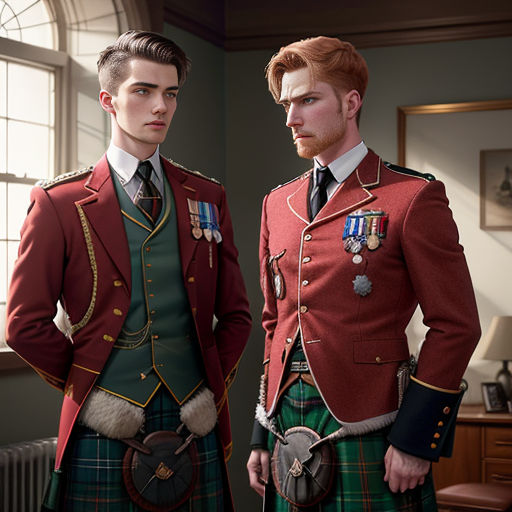
Robert was stunned by the profound significance that lay behind a simple piece of clothing. His admiration for James grew, and from that day on, he viewed the kilt, and the man wearing it, with newfound respect.
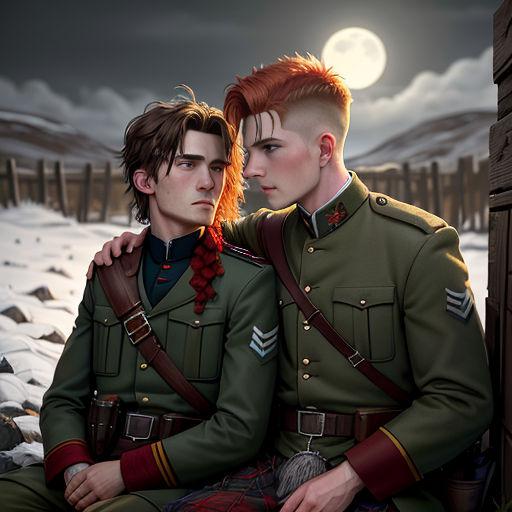
Days turned into weeks, and the bond between the two soldiers grew stronger. Between the sporadic gunfire and the endless waiting, James’ narratives about Scotland began to sound like music to Robert.
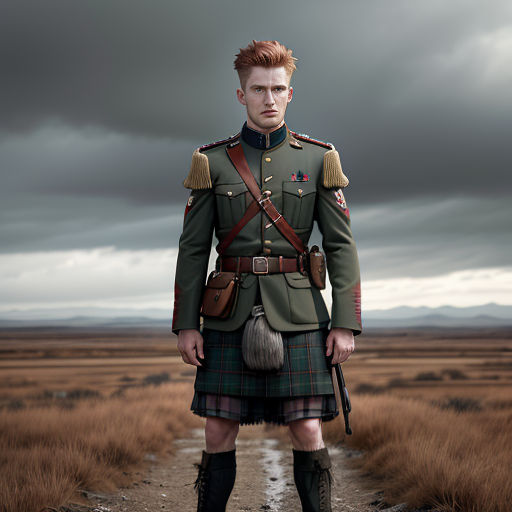
One chilly afternoon, however, James suddenly fell silent, his gaze fixed on a distant point over No Man’s Land. Robert followed his line of sight, but could see nothing out of the ordinary.
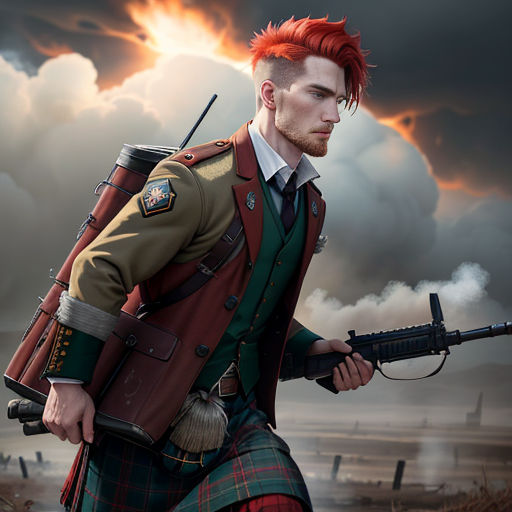
James knew that silence in the battlefield was often followed by chaos. His instinctive fears were confirmed when a sudden boom echoed across the field, and an enemy attack began.
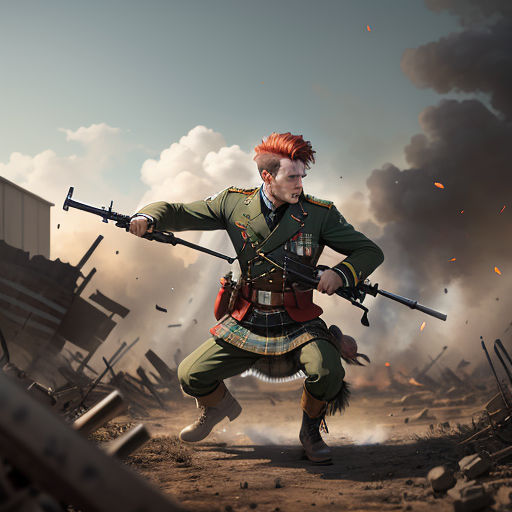
James sprang into action, loading his rifle while shouting orders. His kilt, usually a symbol of serene determination, now danced wildly in the chaos of the battlefield.
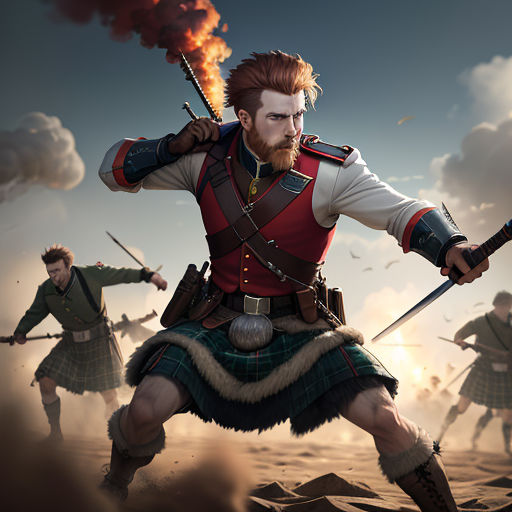
Robert saw James charge into the battle, his kilts twirling, his spirit unbreakable despite the odds. This sight inspired him, and he too charged towards the enemy.
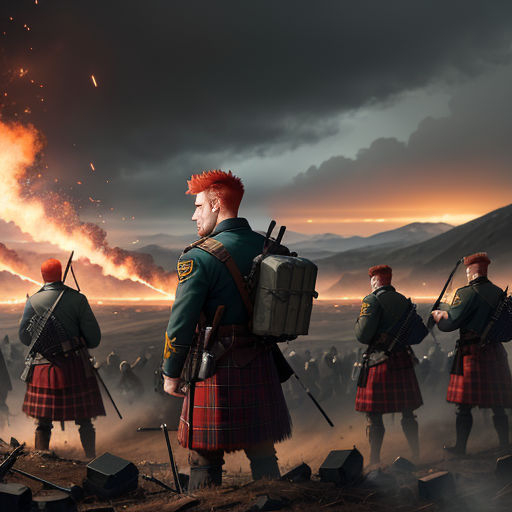
The battle went on for agonizing hours. Despite the odds, the soldiers held their position, their courage fueled by James’ unyielding spirit.
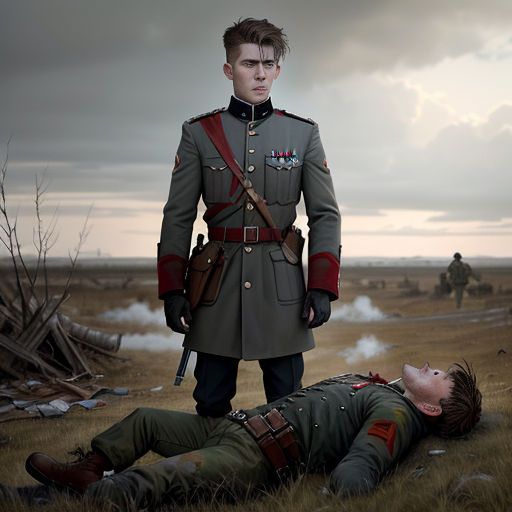
The enemy finally retreated, leaving the soldiers to take inventory of their losses. In the aftermath, James was nowhere to be found. Fear crept into Robert’s heart as he scanned the battlefield.
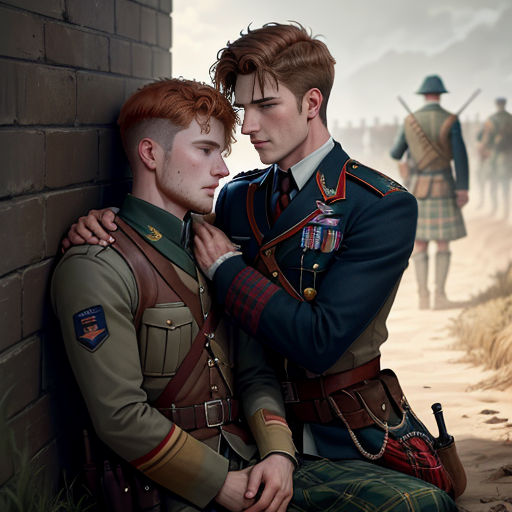
He found James slumped against a trench wall, injured but alive. He was relieved to see his friend, his mentor, his symbol of hope, still breathing.

James was evacuated to the medical tent. His kilt, though dirty and stained with war, was still around him, a steadfast symbol of his unyielding spirit.

In the weeks that followed, Robert missed his friend’s stories of Scotland and the inspiring sight of his tartan kilt. He missed the spirit that James imbued in him, the spirit of hope and courage.

When James returned, limping slightly but as spirited as ever, the entire company rejoiced. His tartan kilt, freshly laundered and mended, was back to being the vibrant symbol of their shared courage.

He smiled at Robert, his eyes shining with unspoken messages of camaraderie. His presence brought back the warmth the trenches dearly missed during his absence.

In the days that followed, the men found renewed strength in James and his kilt. The symbol of resilience gave them the will to carry on, to fight another day, and to hope for peace.
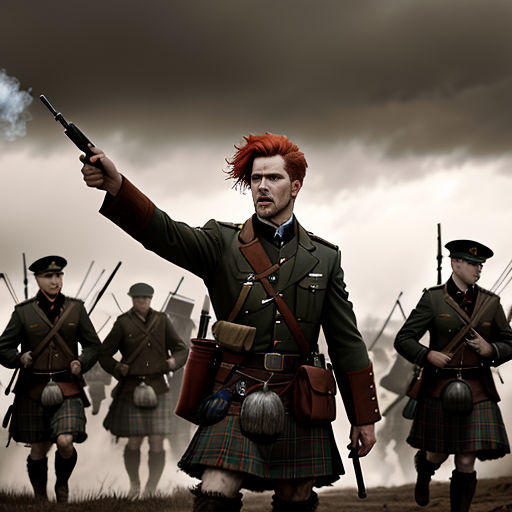
Memories of the war would fade with time, but the story of the brave, kilted soldier would forever remain etched in the hearts of these men. James MacTavish, the kilted soldier, became a legend at the Western Front.
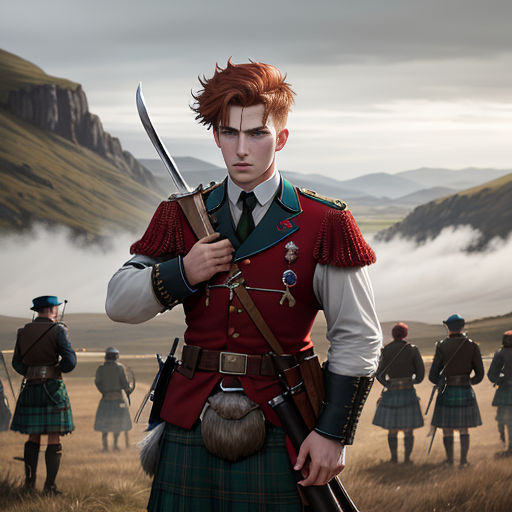
Robert often marveled at James' resilience. He realized that it wasn't the kilt that made James a symbol, but the spirit the kilt represented.
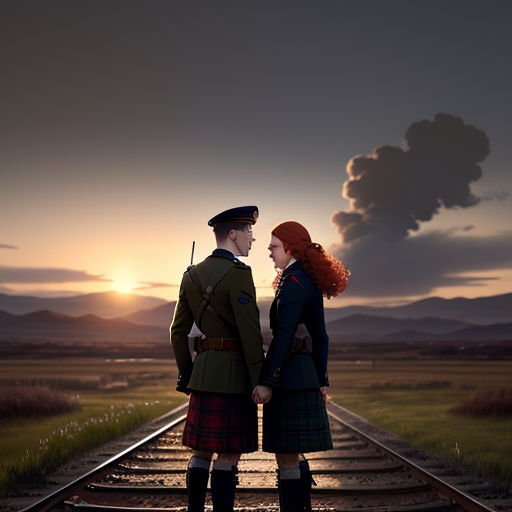
The war came to its inevitable end. The soldiers went their separate ways, back to the lives they had left behind. Robert and James bid each other farewell, forever bound by their shared experience on the Western Front.
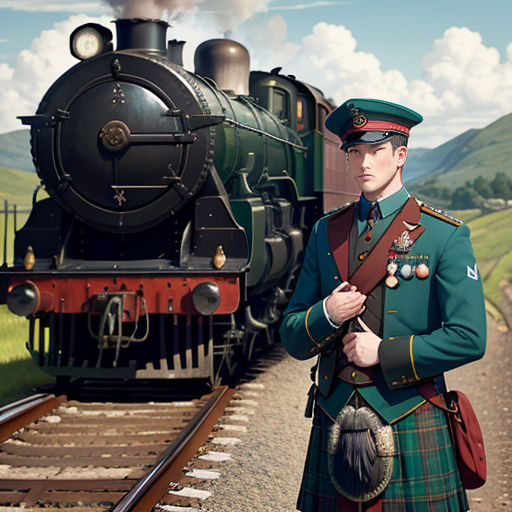
As Robert boarded the train back to England, he looked back at James. His friend raised a hand in farewell, his kilt waving in the wind. Robert knew he would never forget the sight.
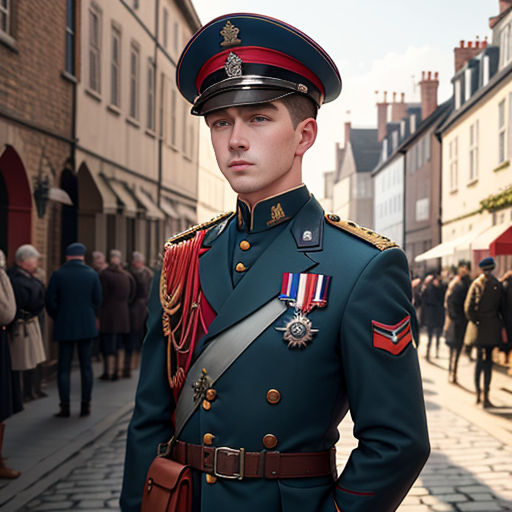
Robert arrived home, forever changed by the war. His stories about the kilted soldier became a legend in his hometown and served as a beacon of hope in the aftermath of the war.
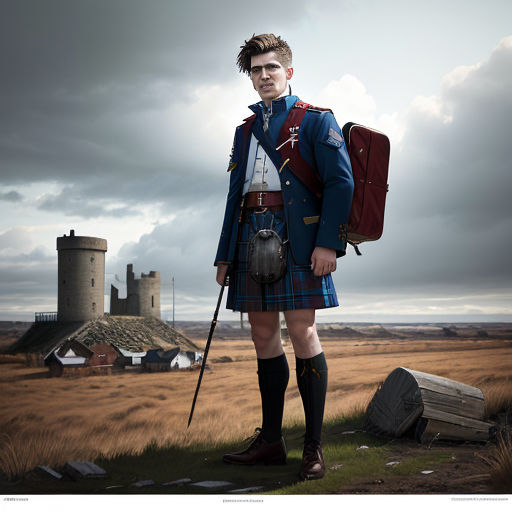
His tales about James and his kilt inspired many, proving that in the midst of chaos, symbols of hope could still thrive.
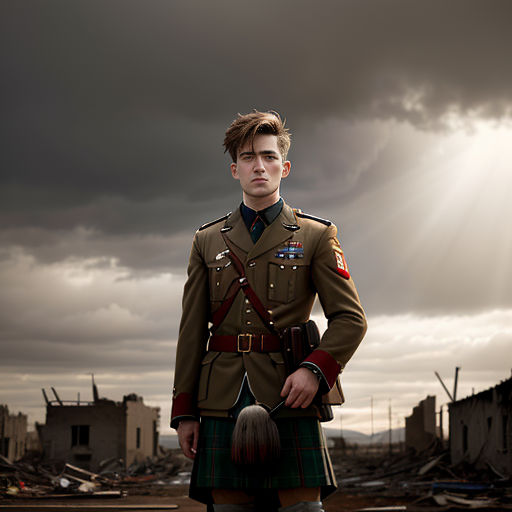
Even as decades passed, Robert remembered his friend and the symbol he represented. The kilted soldier remained a vivid memory, a symbol of resilience amidst the horrors of war.
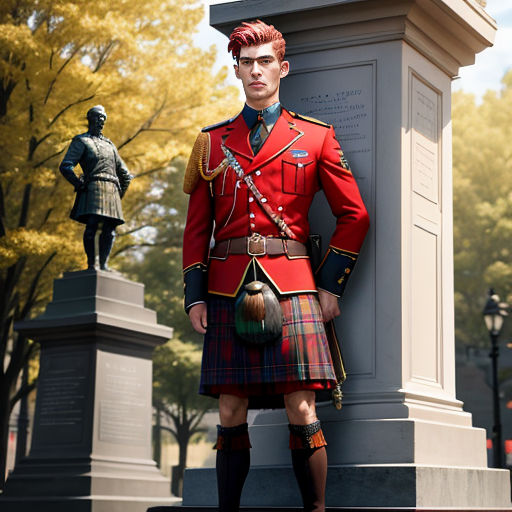
James MacTavish, the kilted soldier, became more than just a memory. He was a symbol of strength, resilience, and unwavering spirit that continued to inspire generations long after the war ended.

In the end, it wasn't about the kilt, but the man wearing it. James had made the difference with his spirit, not his attire. He was a true hero, a beacon of hope in the darkest of times.
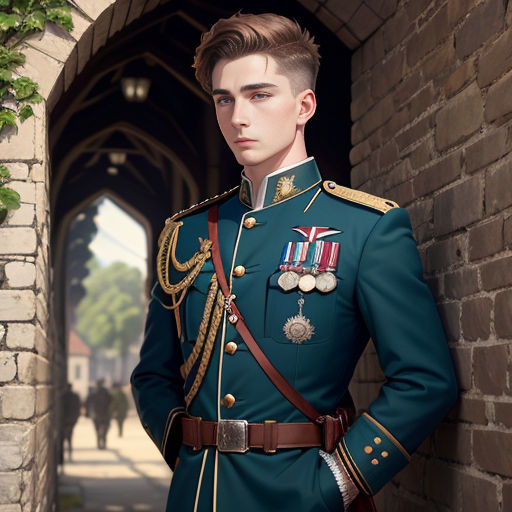
And as Robert often repeated in his stories, "It's not about what you wear, but about who you are and what you represent. That's the legacy of the kilted soldier."
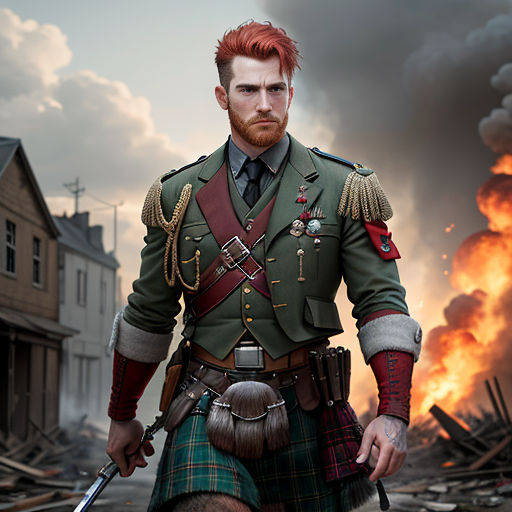
The tale of the kilted soldier, James MacTavish, continues to inspire. His courage, his spirit, and his unyielding resolve were the true heroes amidst the horrors of war.
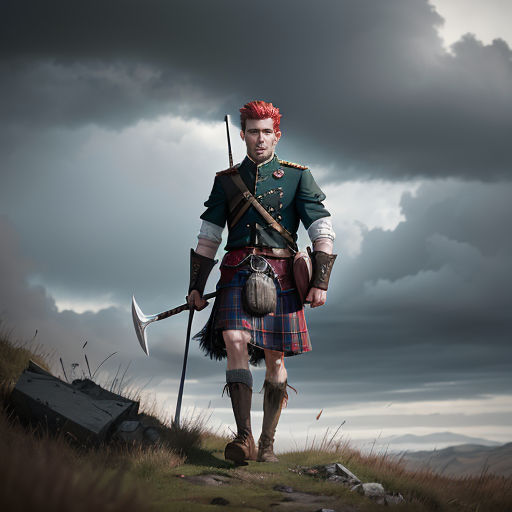
The legacy of the kilted soldier lives on, reminding all that even in the face of adversity, the human spirit is indomitable.

James and his kilt remain a symbol of hope, exemplifying the power of spirit and resilience. The story of the kilted soldier, indeed, is a testament to the enduring strength of humanity.
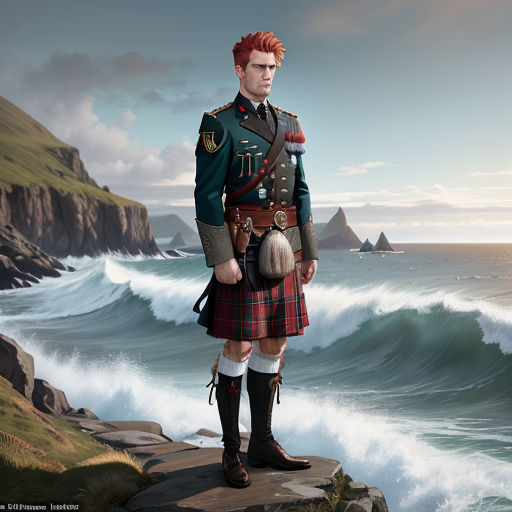
The legacy of the kilted soldier, James MacTavish, echoes through time, serving as a beacon of hope and resilience amidst the darkest of times.

The story of the kilted soldier is not just a story of a man in a kilt, but a tale of courage, resilience and the indomitable human spirit that serves as an inspiration for all.